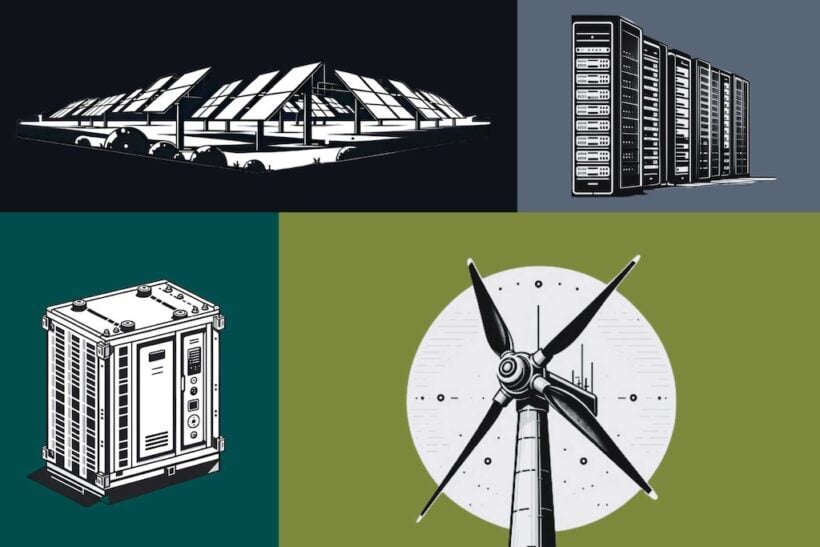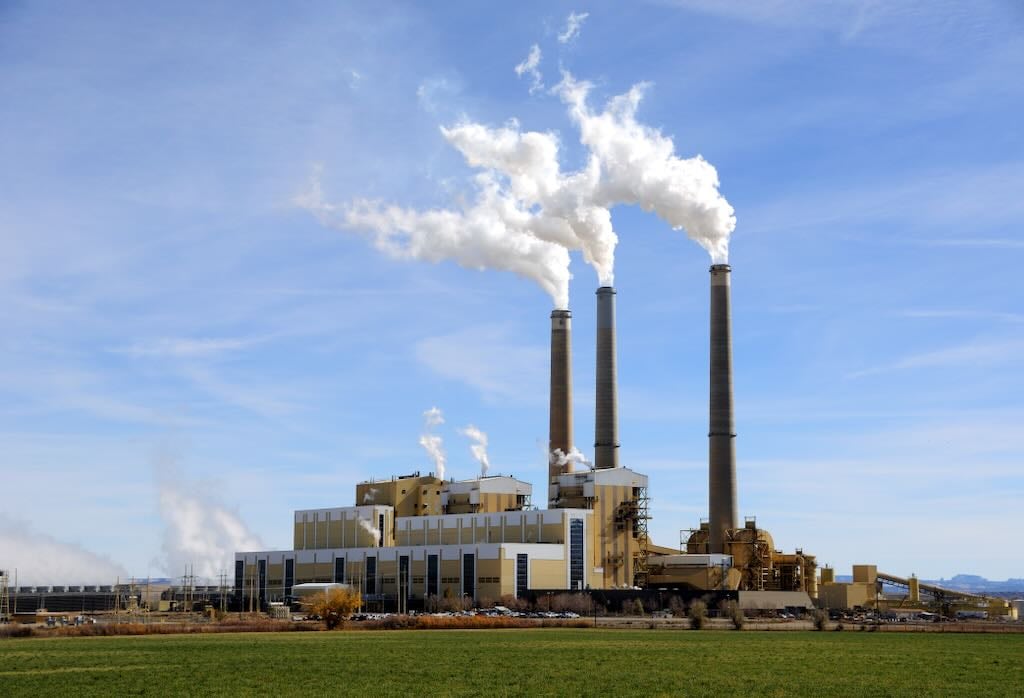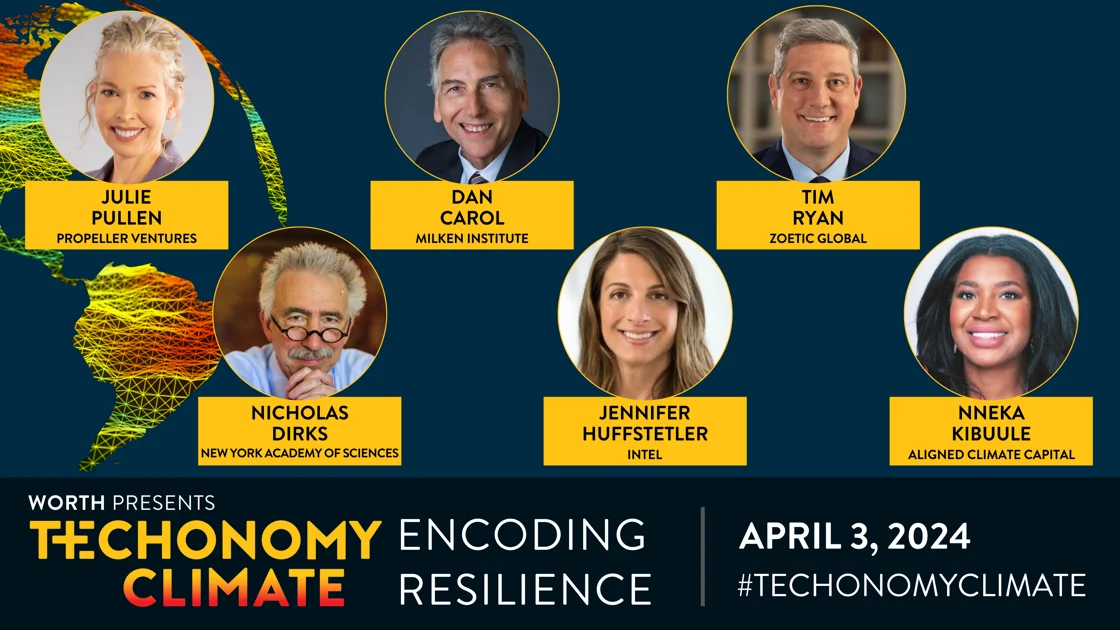Once, the concept of 100% carbon-free energy had an accepted — if not simple — definition. Companies and governments with that target pledged to match all of their load to clean resources, usually over the course of a year.
But as clean energy has become more ubiquitous, the specifics of such commitments have begun to vary — and in some cases, to become more ambitious. Clean energy procurements are voluntary, meaning companies are themselves in charge of managing, verifying, and reporting their own progress. Meanwhile, a growing body of research suggests that matching those purchases to annual electricity use no longer guarantees the emissions reductions they once did.
In December, Microsoft, Google, and the renewable transaction platform LevelTen Energy launched the Granular Certificate Trading Alliance, a collaboration focused on building a marketplace for hourly certificates that can help match load to clean energy around-the-clock. That launch came about a year after the advent of the Emissions First Partnership, which companies including Meta and Amazon created to prioritize emissions reductions over any particular time-matching structure.

Both groups were created in the lead-up to changes in the Greenhouse Gas Protocol — the commonly accepted standard that companies use to measure emissions — that are expected to be finalized in 2025. Updates to the protocol could create new guardrails for how companies report emissions, and what information they must provide to guarantee claims of 100% carbon-free or clean energy.
To many of those involved, the hourly matching and emissions-focused visions are not in competition, but rather are a manifestation of a collective effort to get to a zero-carbon economy. But other outside experts have argued that certain strategies can work better than others to draw down emissions. The debate indicates an inflection point for the market: many 100 percent clean energy commitments have been in place for years — so how do we actually get there, and can new strategies help?
“There is a lot of discussion and thinking about how…we meet those [goals],” said Lori Bird, Director of the U.S. Energy Program at the World Resources Institute. “What are the challenges? How do we do this in a way that enables the whole grid to get to 100% clean energy?”

The Evolution of Procurement
When many corporations began establishing sustainability targets in the 2010s, the goals may have sounded impressive, but they weren’t always incredibly robust, said Brian Janous, co-founder of Cloverleaf Infrastructure and Microsoft’s former vice president of energy.
Microsoft set an internal carbon price in the 2010s and announced that it had become carbon neutral in 2012. But back then such goals from Microsoft and its Big Tech peers didn’t necessarily include additionality, and there weren’t always restrictions on procurement location or consideration of environmental justice impacts.
Over time, though, the targets grew more specific, and more ambitious. In 2020, Microsoft said it would become carbon-negative in the next decade, reducing emissions and abating via carbon removal more than it emits. (By 2050, the company has also pledged to remove emissions equivalent to its historic releases). And Google is now aiming to achieve net-zero emissions by 2030, and match all of its hourly electricity use to carbon-free energy production.
Skeptics have called the targets greenwashing, in part because some companies — including Microsoft — have relied in part on carbon offsets to meet them. Others, like Amazon, have maintained business relationships with fossil fuel companies. And some energy experts, such as Jacques de Chalendar, an adjunct professor in energy science and engineering at Stanford University, say procurements and emissions reductions from large tech buyers can move us in the right direction, but ultimately they’re only as impactful as their ability to encourage more widespread change.
But it’s undeniable that large companies have been party to a significant number of clean energy contracts in the last decade, and have helped expand the market for others to buy and sell renewables. Janous describes the phenomenon as “a sort of positive peer pressure.” Since the creation of the Renewable Energy Buyers Alliance (now the Clean Energy Buyers Association) in 2018, companies have procured nearly 56 gigawatts of clean energy, which in certain years has accounted for roughly 20% of renewable purchases.
Those efforts, of course, are insufficient. Last year was the hottest on record, global governments are far from achieving their targets under the Paris agreement, and in the U.S. an election that will define future climate progress looms.
So today, many are again urging greater ambition on corporate clean energy procurement.
“If we really want greater impact out of these procurement strategies, something needs to be different,” said Wilson Ricks, a PhD candidate at Princeton University, who co-authored a January paper showing that as the electric grid has grown cleaner, corporate procurement on an annual basis is no longer having a significant climate impact.
Shifting Standards and Greater Difficulty
As the urgency has sharpened, so have the challenges.
Since companies set their original sustainability targets, Janous said, “the degree of difficulty has gone up dramatically.”
The Big Tech companies that have often been the most significant buyers of renewables are also contending with ballooning energy demand, pushed by computing demands from artificial intelligence and cryptocurrency. And like other buyers, they also are facing supply chain challenges and long interconnection queues.
In an attempt to tackle those challenges while ratcheting up ambition, companies have turned to collaboration. Companies backing the Granular Certificate Trading Alliance, for instance, are creating a marketplace for “granular certificates” that would provide information on the time and location of clean energy generation. In addition to Microsoft, Google, and LevelTen, that group also includes energy providers AES and Constellation Energy.
“What we’ve been hearing from some of our largest buyers, as well as the developers who work with them, is that there is a need for this next level of granularity,” said Katie Soroye, vice president of granular procurement solutions at LevelTen.
The marketplace, set to launch this year, aims to create demand for renewables and clean technologies at all hours of the day, rather than just purchasing clean energy when it’s cheap and plentiful. Collaborators hope those signals will help support nascent industries that can operate when wind and solar do not, encouraging investment in storage or geothermal projects, for example. It will use an already-established global standard for granular certificates, from the carbon accounting non-profit EnergyTag.
Each certificate will include information like the source of the energy, the country of issuance, an hourly timestamp for when the energy is produced, and a unique identification number. They are set to work similarly to RECs: created, transacted, and then retired so environmental attributes can’t be double-counted. Some supporters of hourly matching even say 100% hourly matching doesn’t need to be the goal, but argue transparency around location and timing of use can help electricity users get closer to matching all loads to clean resources.
Meanwhile, the Emissions-First Partnership — launched by Amazon, Akamai Technologies, Meta and other tech and corporate behemoths in late 2022 — is also aiming for more specificity in procurement decisions. But this group has pledged to focus instead on emissions impact, targeting purchases with maximum carbon reductions regardless of “grid or market boundaries.” While the partnership will look at the emissions impact of its purchases based on time and place, they support a “global view” that recognizes that greenhouse gas emissions do not adhere to jurisdictional borders.
The approaches lay out different paths to a common goal: making electricity production less carbon-intensive. But while a company boosting hourly matching might build a data center and sign a contract with a nearby solar-plus-storage project to ensure clean energy is available on the same distribution grid at all times of day, an emissions-focused company may build a new warehouse and invest in a wind project on a coal-heavy grid in Wyoming, regardless of its proximity to the warehouse.
Both camps, and their different ideologies, represent “an opportunity to challenge the norms” of clean energy buying while building best practices for procurement, said Mike Mattera, the global director of corporate sustainability and ESG officer at Akamai.
Regulatory and standard-setting agencies are also weighing best practices to get to 24/7 carbon-free energy.
“The question of what counts as using clean power is coming up more and more in regulatory contexts, outside of voluntary procurements,” Ricks said. He says it’s no coincidence that the groups have cropped up amid those conversations.
Mattera at Akamai plainly admits that the Emissions First Partnership was launched in part to influence the process of updating the Greenhouse Gas Protocol, which began in 2022 and is currently underway.
The current Greenhouse Gas Protocol asks companies to report annual energy-related emissions in two ways, based on market and location. An update to the guidance has the potential to require more specific reporting metrics for companies to claim that they’re buying 100% clean or renewable energy. So far, the Greenhouse Gas Protocol has highlighted stakeholder feedback urging more granularity in time and location-based accounting.
While it’s unclear what the update will ultimately look like, it will influence future buying in a market where companies have long operated at their own discretion. The voluntary nature of renewables markets provides ample flexibility for corporations to choose the strategy that works best for them.
“The reason why I think people are really motivated to band together and to create coalitions is because of the threat that the guidance will be prescriptive,” said Arne Olson, a senior partner at energy consultant E3.
‘Value in Both Sides’
The positioning of these groups and the pressure they may exert over standards could suggest disagreement about the best way to achieve more ambitious clean energy goals. But members of both groups told Latitude Media that the two visions can be complementary.
Soroye at LevelTen said that granular certificates could even be used for a strategy focused on emissions, rather than 24/7 energy matching.
“We see value in both sides,” she said. “In terms of climate action, I think we need all of these tools in our toolkit.”
Janous agrees: “They’re both valuable, because we have to go fast,” he said. “Yes, we need to rapidly reduce emissions, which means a focus on emissionality is important because it allows us to reduce emissions in a more targeted way. But we also need to completely reduce emissions, which means we also have to think about how… we get to 100% zero carbon, 100% of the time.”
But that agreement is not universal.
Ricks, from Princeton, sees the strategies as philosophically similar, but his research has shown that hourly matching is the preferable route to fighting climate change. Focusing on emissions only, he said, is actually “very ineffective at reducing emissions.”
Olson at E3, in contrast, said that annual renewable energy credits are sufficient to drive emissions reductions. “There’s a slight mismatch in the marginal emission rate, but it’s not a big one,” he said.
That disagreement can make it unclear which strategy will actually lead to the drastic emissions reductions that are needed. But as long as targets remain voluntary, companies will choose for themselves. Perhaps more important than where these strategies differ is where they agree: on the urgency to decarbonize.
de Chalendar at Stanford is skeptical that any of these solutions can scale, in part because only a relatively small group of companies have the sophistication to devise and pursue them. Where companies may have more influence, he said, is in encouraging policy and pushing others to match their ambition.
“We’re not in an early-movers context,” he said. “Making these small changes to help kickstart the renewables industry, I think that was 10 years ago. Now, where … the changes [are] going to be is helping push forward these policy changes that are going to impact everybody.”









